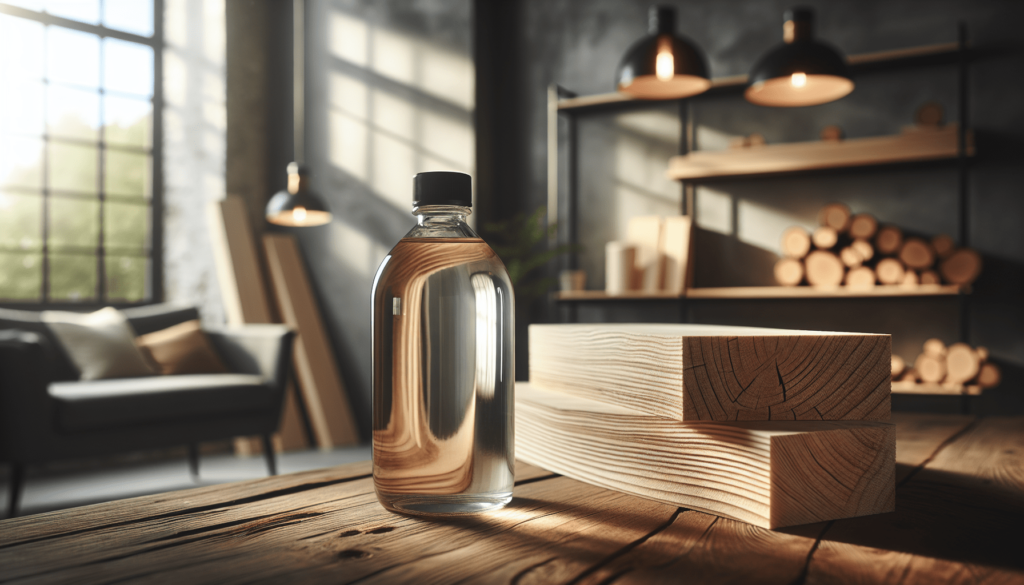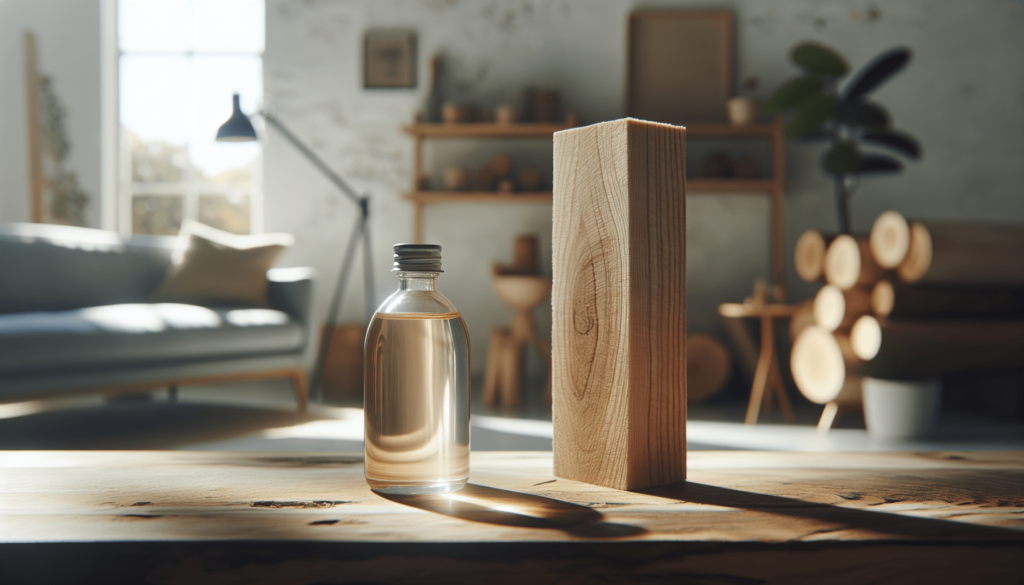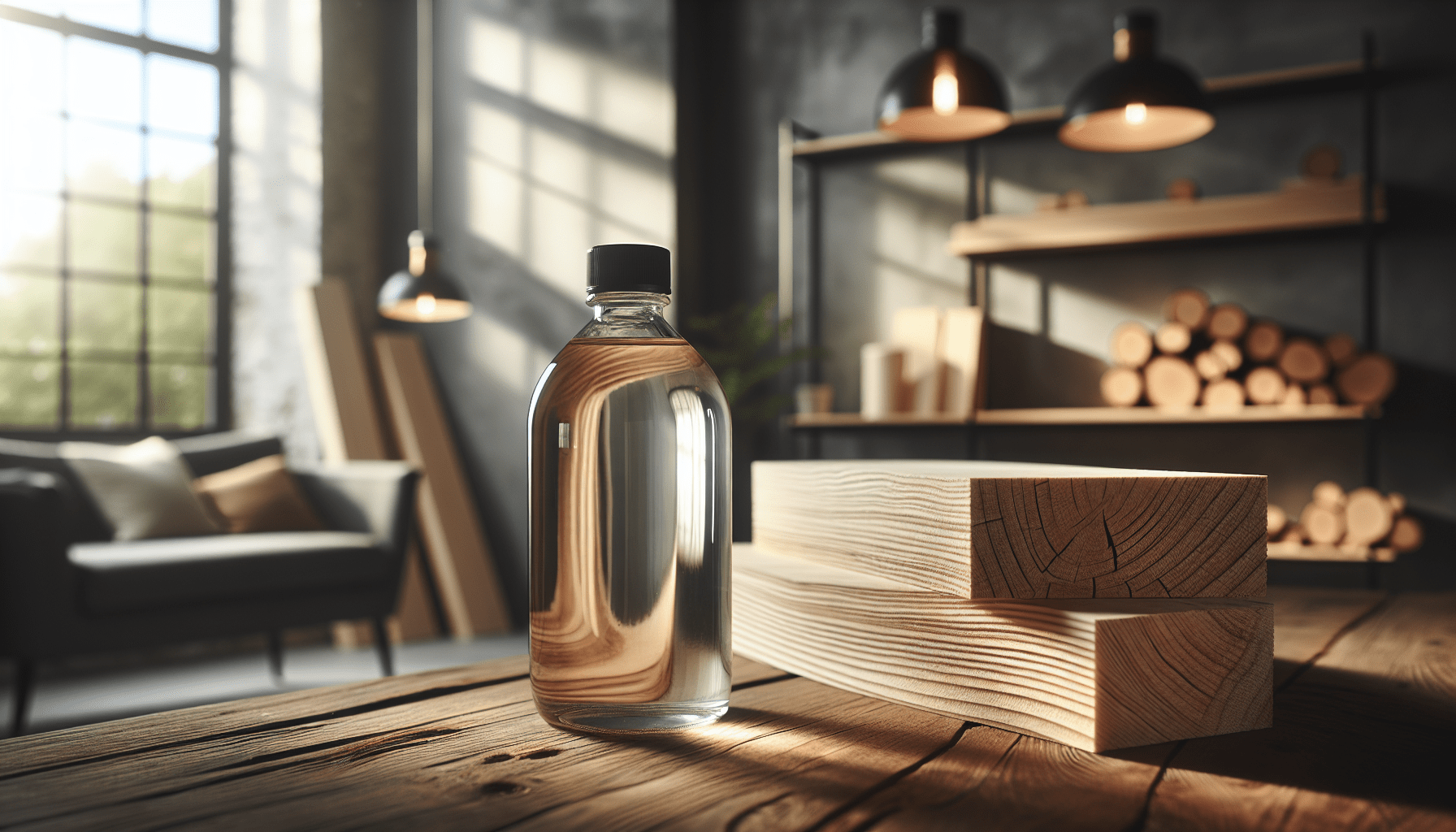I’ve always been fascinated by the way a well-lit fire brings warmth and a sense of coziness to any space. In my article, “What Do You Put On Wood Before Burning?” I dive into the various treatments and preparations that can enhance your firewood’s performance. I’ll share tips on everything from seasoning the wood to applying certain substances that can make it burn more efficiently and safely. Whether you’re a seasoned fireplace enthusiast or just looking to enjoy your first bonfire, my insights will guide you through getting the most out of your wood-burning experience. What do you put on wood before burning? It’s a simple question, right? At least I thought it was when I first pondered this myself, staring blankly at a pile of firewood one chilly autumn evening. What could be the harm in just tossing it into the fireplace, lighting a match, and cozying up with a good book? Turns out, as with many seemingly straightforward tasks, there’s more to burning wood than meets the eye.

Understanding the Basics of Burning Wood
Before diving into the nitty-gritty, I think it’s essential to understand the fundamentals. Burning wood isn’t just about setting something on fire and calling it a day. There’s an art and science to it, one that ensures safety, efficiency, and the overall enjoyment of your intended flame.
Why Prepare Wood Properly?
Let’s start with why we even bother prepping wood. When wood is properly prepared, it burns more efficiently, produces less smoke, and reduces the risk of dangerous creosote buildup in chimneys. Trust me, you don’t want to deal with a chimney fire—it’s like inviting a fire-breathing dragon into your home, one that’s particularly destructive and quite uninvited.
Choosing the Right Type of Wood
Not all woods burn the same. Some burn hot and fast, while others smolder and smoke. Understanding the characteristics of different types of wood can save you a lot of frustration (and perhaps a new smoke detector).
Hardwoods vs. Softwoods
Hardwoods, like oak, maple, and birch, are generally denser, meaning they burn longer and hotter. Softwoods, like pine, fir, and spruce, are less dense and burn quicker and cooler. Here’s a quick table to summarize:
| Type of Wood | Characteristics | Best Used For |
|---|---|---|
| Oak | Dense, long-burning, high heat | General heating, long fires |
| Maple | Moderate density, long-burning | Cozy fires, heat |
| Birch | Quick to ignite, burns hot and fast | Kindling, short fires |
| Pine | Easy to ignite, burns quickly | Kindling, quick fires |
| Fir | Moderate density, burns fast | Short fires, starter wood |
| Spruce | Easy to burn, produces resin | Quick fires, kindling |
Think of your firewood like selecting ingredients for a recipe. Hardwoods are your main course, while softwoods are great for an appetizer.
The Importance of Seasoning Wood
Now, the first rule of Wood Club—yes, it’s a thing now—is season your wood. No, I’m not talking about adding salt and pepper. Seasoning means letting your wood dry out properly. Freshly cut wood, or green wood, contains about 50% moisture. Burning this wood is akin to trying to light a wet blanket on fire—it’s frustrating and produces more smoke than flame.
How to Season Wood
Seasoning wood is a time investment, but it’s worth it. Stack your wood in a way that allows air to circulate around each piece. Typically, wood should be seasoned for at least six months to a year. Think of it like fine wine; it needs time to mature.
Quick Tips for Seasoning:
- Cut and Split Early: The smaller the pieces, the quicker they dry.
- Stack Properly: Leave gaps for air circulation.
- Elevate the Stack: Keep it off the ground to avoid moisture.
- Cover the Top: Protect from rain but leave the sides exposed.
Pre-Treatment Options
There are a few things you can apply to wood before burning it to improve combustion and safety. These pre-treatments add another layer of efficiency and safety to your fire-burning endeavor.
Fire Starters and Kindling
Yes, I’ve had those moments of staring at a lit match, willing it to spark some enthusiasm into a stubborn log. Enter fire starters and kindling. Fire starters can be as simple as pine cones soaked in wax or store-bought options. Kindling, small sticks and twigs, help get the fire going and ensure larger logs catch well.
Fireproof Treatments
If you’re using your fireplace frequently, consider treating your wood with fireproof chemicals. These can reduce creosote buildup, the sticky byproduct of burning wood that can cause chimney fires if left unchecked.
Ingredients and Method:
- Borax Solution: Mix 1 cup of Borax in a gallon of water. Soak your wood in this solution, then let it dry thoroughly.
- Ammonium Chloride: Similar to Borax, mix and soak your wood. This acts as a flame retardant.
Using Newspaper and Cardboard
Ah, the old-school method—newspaper and bits of cardboard. These are great for kindling but should be used sparingly. Too much can clog your fireplace with ash and create excessive smoke.
Using the Right Tools for the Job
While the romanticism of starting a fire with nothing but a flint and some elbow grease is appealing, in reality, having the right tools makes the process more efficient and enjoyable.
Essential Tools
- Fireplace Grate: Elevates the wood for better air circulation.
- Poker and Tongs: For adjusting logs without risking your skin.
- Ash Bucket and Shovel: Essential for cleaning up after a cozy night by the fire.
- Log Splitter: If you’re seasoning your own wood, this is a must.
Safety Gear
Proper safety gear can be the difference between a cozy night and a frantic call to emergency services. Always have a fire extinguisher nearby, along with a first aid kit just in case.

Step-by-Step Guide to Preparing Wood for Burning
Now that we’ve covered the basics, let’s get into the actual process. Follow these steps to ensure you are the master of your fiery domain.
Step 1: Choose and Season Your Wood
Select your preferred wood, cut, and split it. Stack it properly and allow it to dry for at least six months.
Step 2: Pre-Treat if Desired
If you’re going the extra mile with fireproof treatments, soak your seasoned wood in the chosen solution and let it dry thoroughly—ideally re-stacking it for continuous air circulation.
Step 3: Gather Your Fire Starters and Kindling
Collect small sticks, twigs, and any pre-treated fire starters. Make sure these are also dry to ensure they catch fire quickly.
Step 4: Arrange Your Firewood
Place larger logs on the bottom with crisscrossed layers of smaller logs and kindling on top. Fire needs air, so avoid the temptation to smother your setup.
Step 5: Light Your Fire
Now, the moment of truth. Light your fire starters or kindling and let it work its way to the larger logs. Adjust as necessary with your poker.
Step 6: Monitor and Maintain
Keep an eye on your fire. Add logs as necessary and remember not to leave it unattended. Safety first, always.
Troubleshooting Common Issues
Even with all this info, fires can be unpredictable. Here are some common issues and how to address them.
Excessive Smoke
If your fire is super smoky, it could be due to wet wood or poor air circulation. Always use well-seasoned wood and consider your stacking method.
Difficulty Staying Lit
If your fire keeps going out, you might not have enough kindling or might be smothering the logs. Create gaps for air and consider adding more fire starters.
Rapid Burn Rate
If your logs are disappearing quicker than marshmallows at a campfire, you’re likely using softwoods. Try incorporating more hardwoods for a longer-lasting fire.
FAQs About Preparing Wood for Burning
Let’s wrap things up by addressing a few frequently asked questions that could save you some time and frustration.
How Long Should Wood Be Seasoned?
The ideal seasoning period ranges from six months to a year. However, hardwoods like oak may require up to two years.
Can I Burn Freshly Cut Wood?
It’s not recommended. Green wood contains too much moisture, leading to inefficient burning and excessive smoke.
What’s the Best Way to Store Firewood?
Stack it in a dry, ventilated area off the ground. Cover the top to protect from rain but leave the sides open for air circulation.
Is it Safe to use Treated Wood?
Avoid burning painted or chemically treated wood. The chemicals released can be harmful when inhaled.
Can I Use Pine for Burning?
Yes, but as kindling rather than the primary fuel. Pine burns quickly and can cause creosote buildup if used too frequently.
Conclusion
So, what do you put on wood before burning? The answer isn’t as straightforward as one might think, but it is richly layered with steps and precautions that ensure a warm, safe, and efficient fire. From selecting the right type of wood to seasoning it properly, and possibly pre-treating with solutions, burning wood is more of a mindful practice than haphazard activity.
Here’s to fewer smoky nights and more cozy evenings spent by a well-maintained, safely burning fire. Now go, master the art of fire and relish the warmth and ambiance that comes with a properly prepared hearth. Cheers!

